Advanced

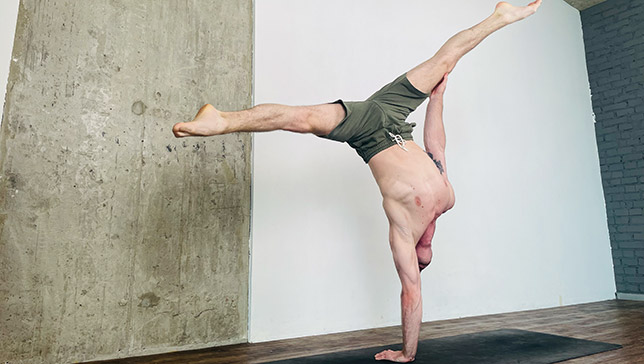
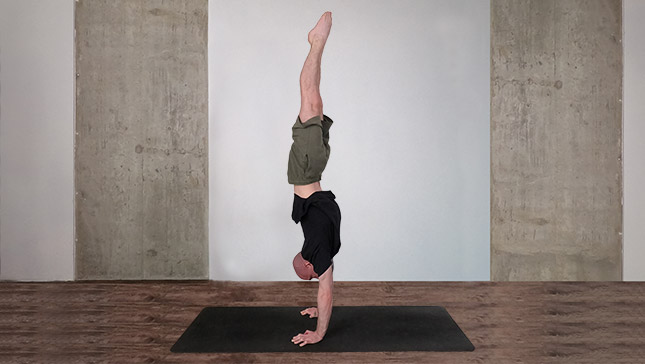
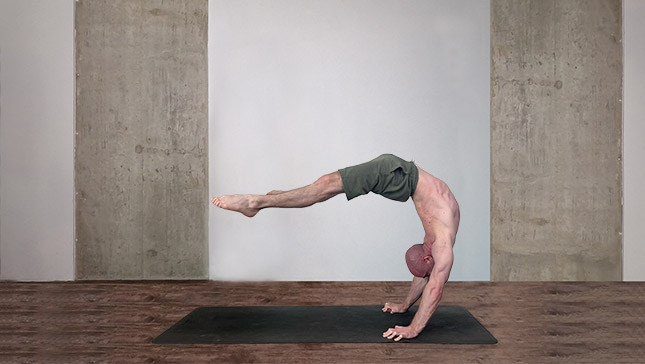
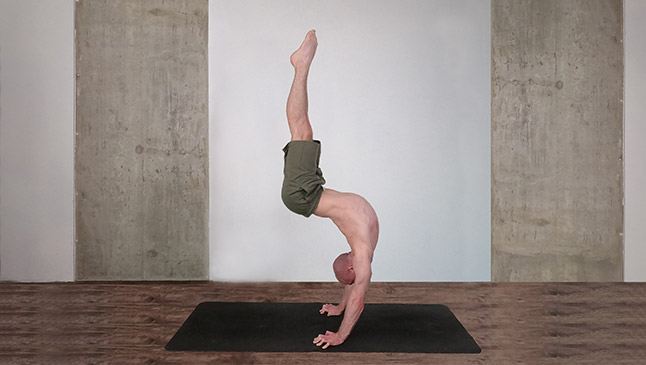
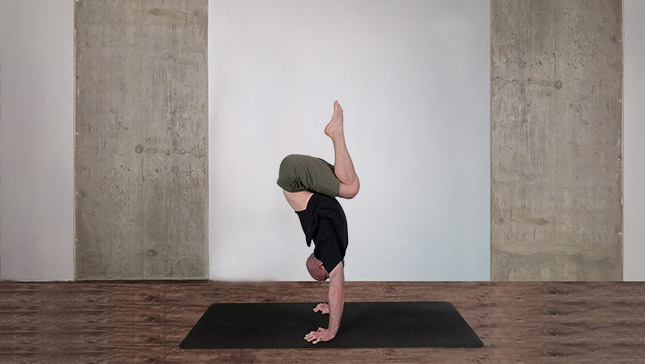
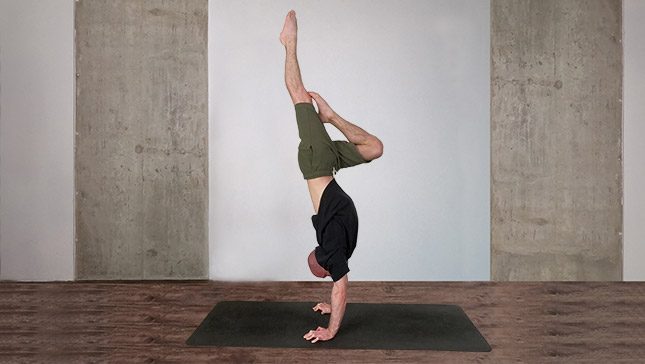
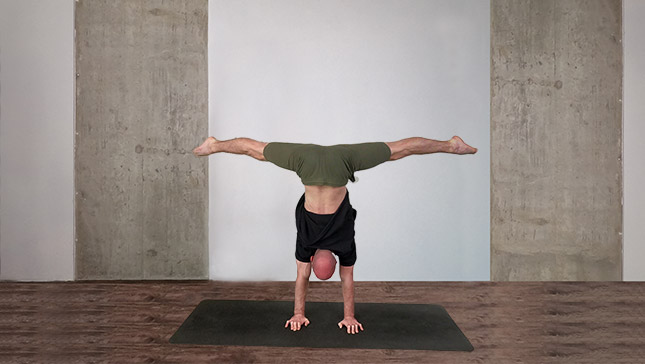

Beginners
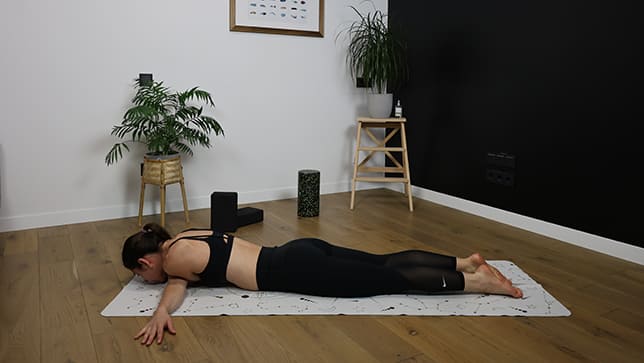
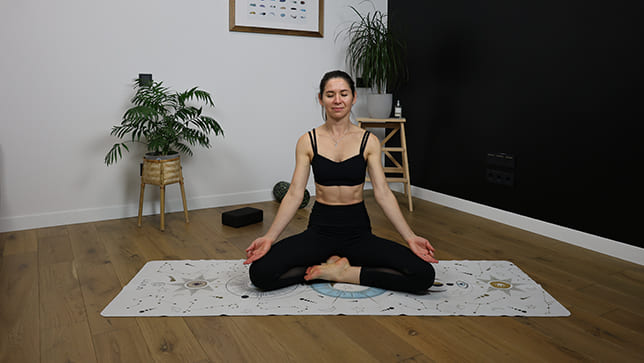
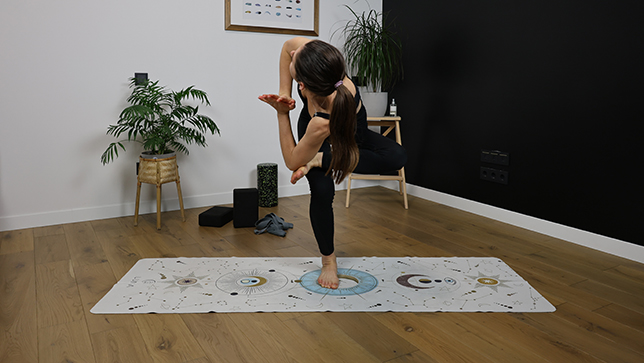
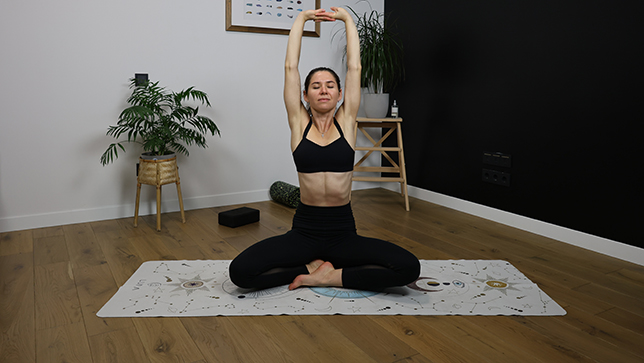
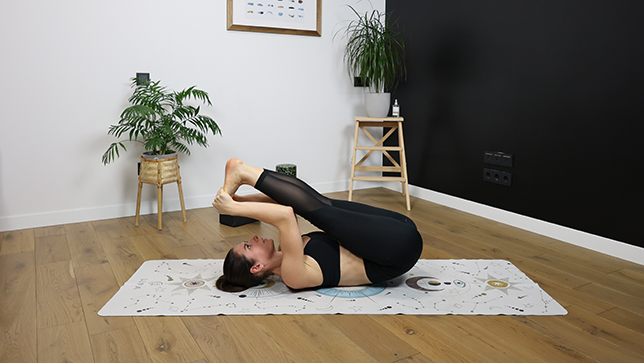
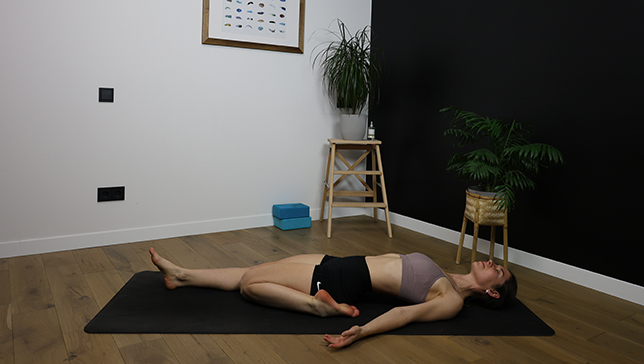
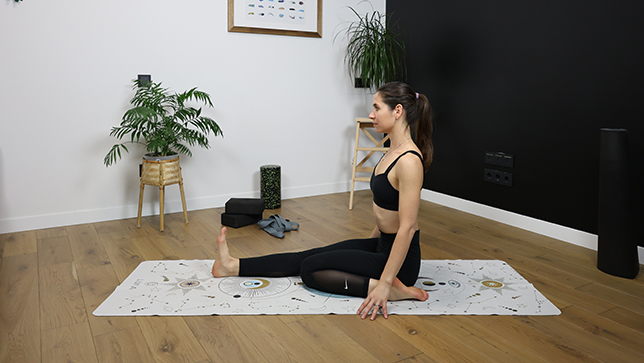
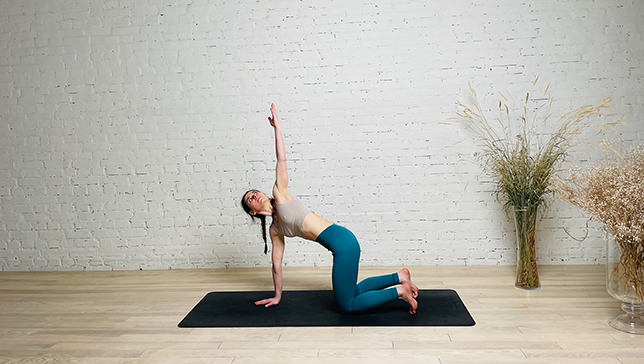
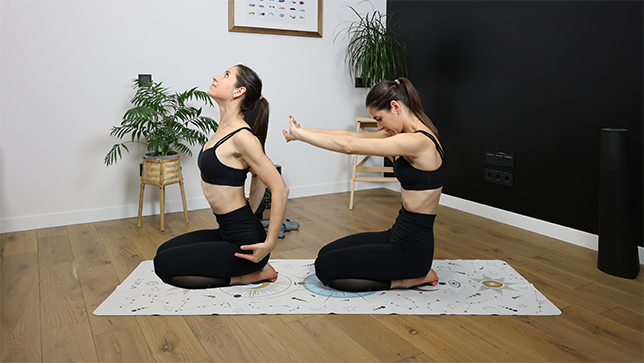
Intermediate
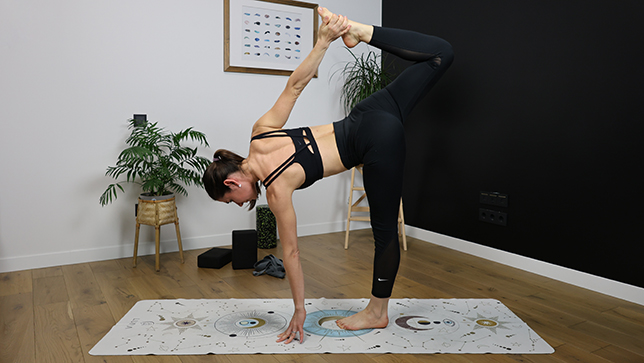
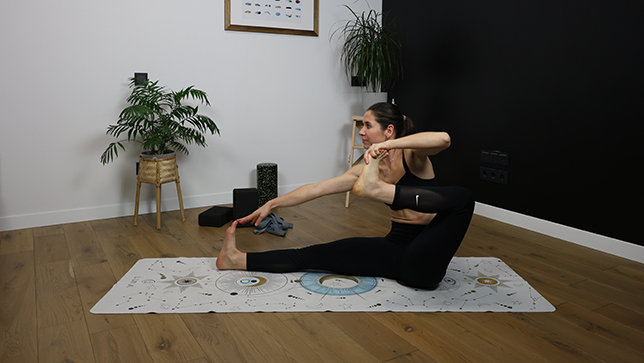
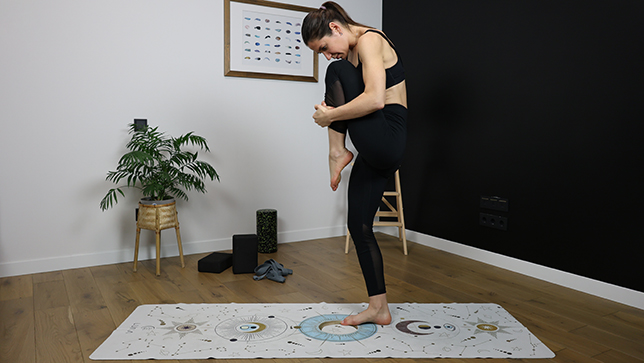

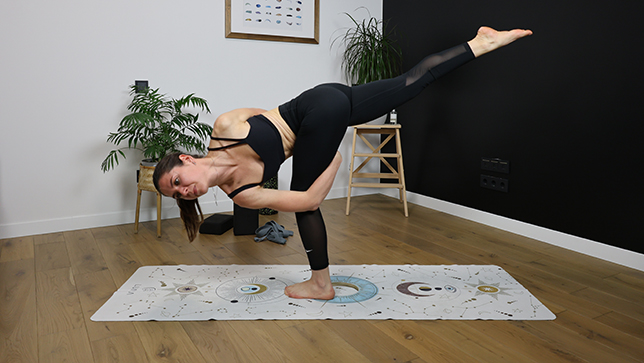
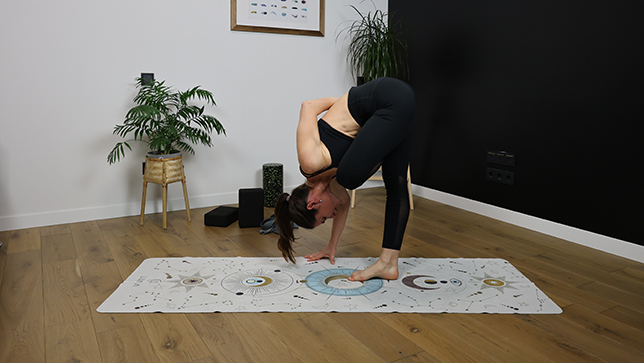
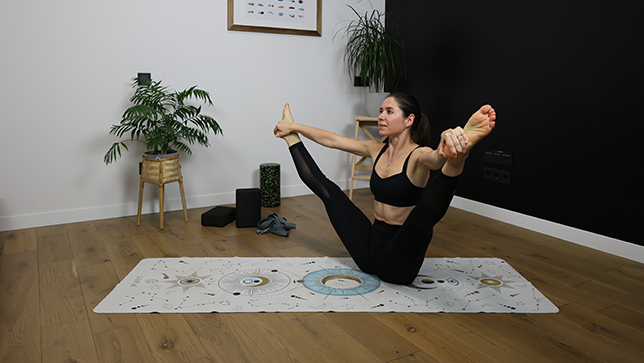

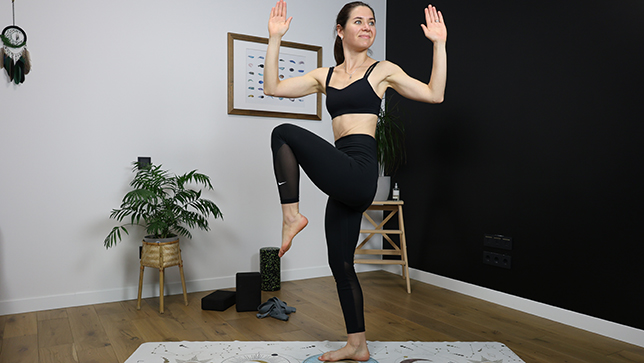
Yoga is a practice that offers a wide range of poses, each catering to different levels of experience and flexibility. Whether you're a beginner or an advanced practitioner, understanding the difficulty levels of various yoga poses can help you tailor your practice to your current skill and fitness level. Below, we've categorized yoga poses into three main difficulty levels: Beginner, Intermediate, and Advanced. Remember, progress in yoga is a personal journey, so honor your body and practice mindfully.



























Stress relief: encourages relaxation
Strength development: challenges muscle groups
Balance improvement: develops stability
Mindful focus: enhances concentration
Mind-body integration: demands heightened mindfulness
Self-Exploration: Encourages personal growth
Fatigue: avoid overtraining and rest.
Experience required: avoid without adequate expertise.
Recent surgery: avoid poses during recovery.
Limited flexibility: avoid excessive strain.